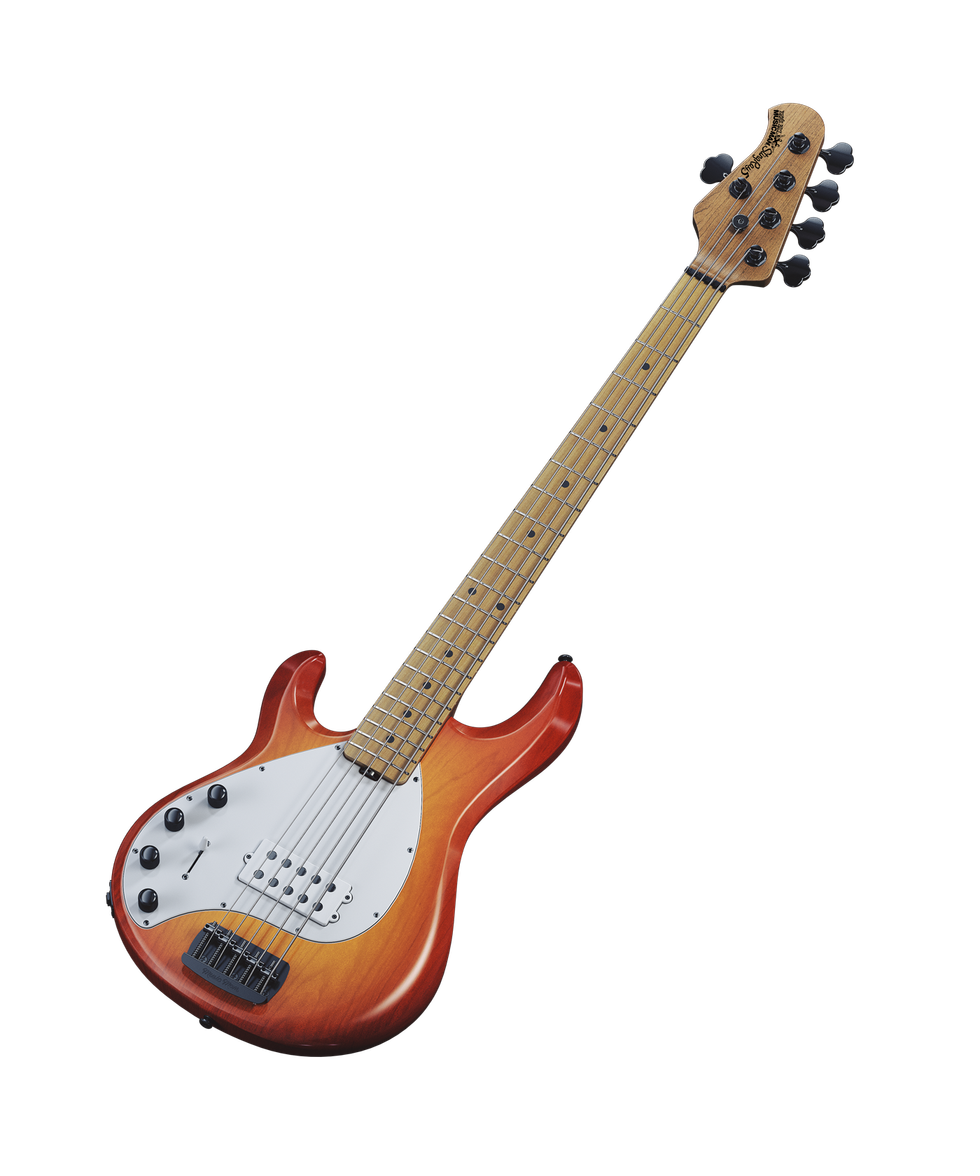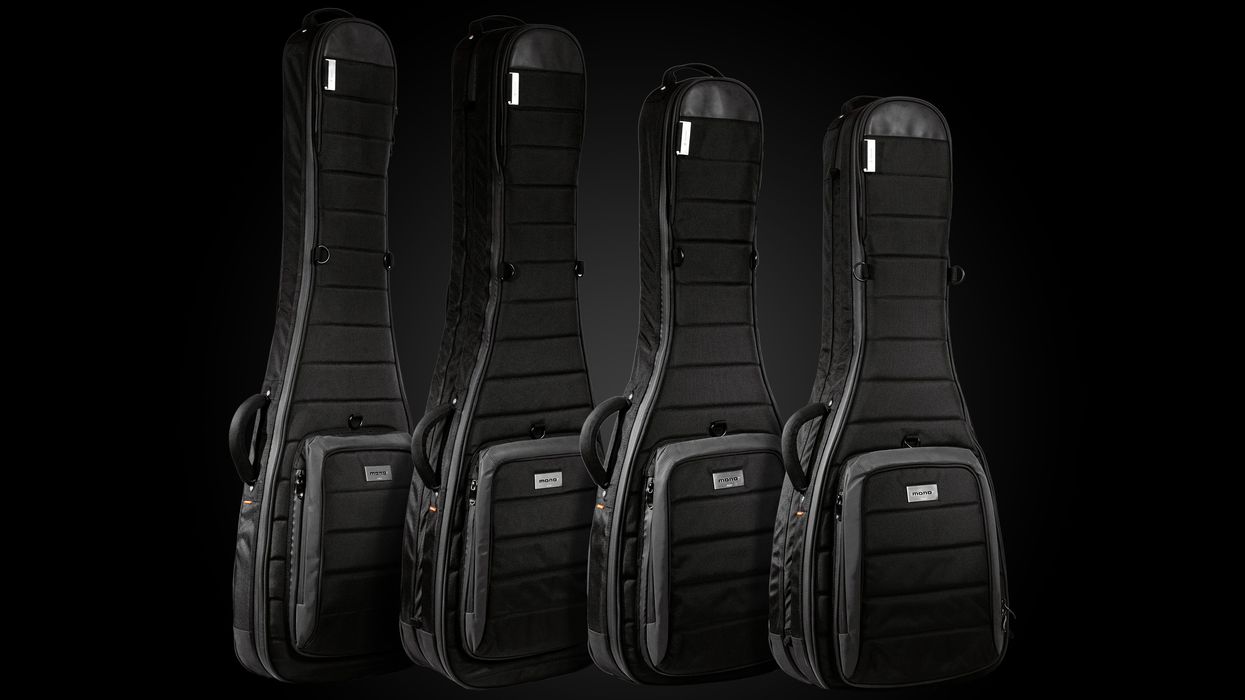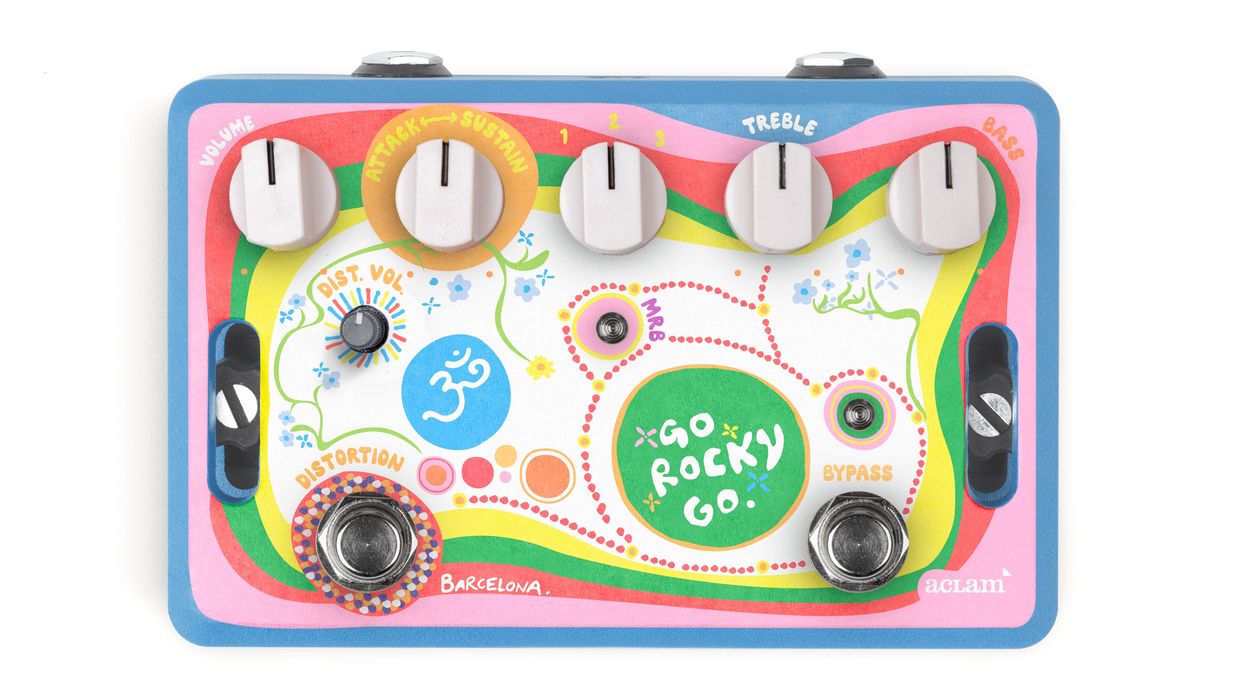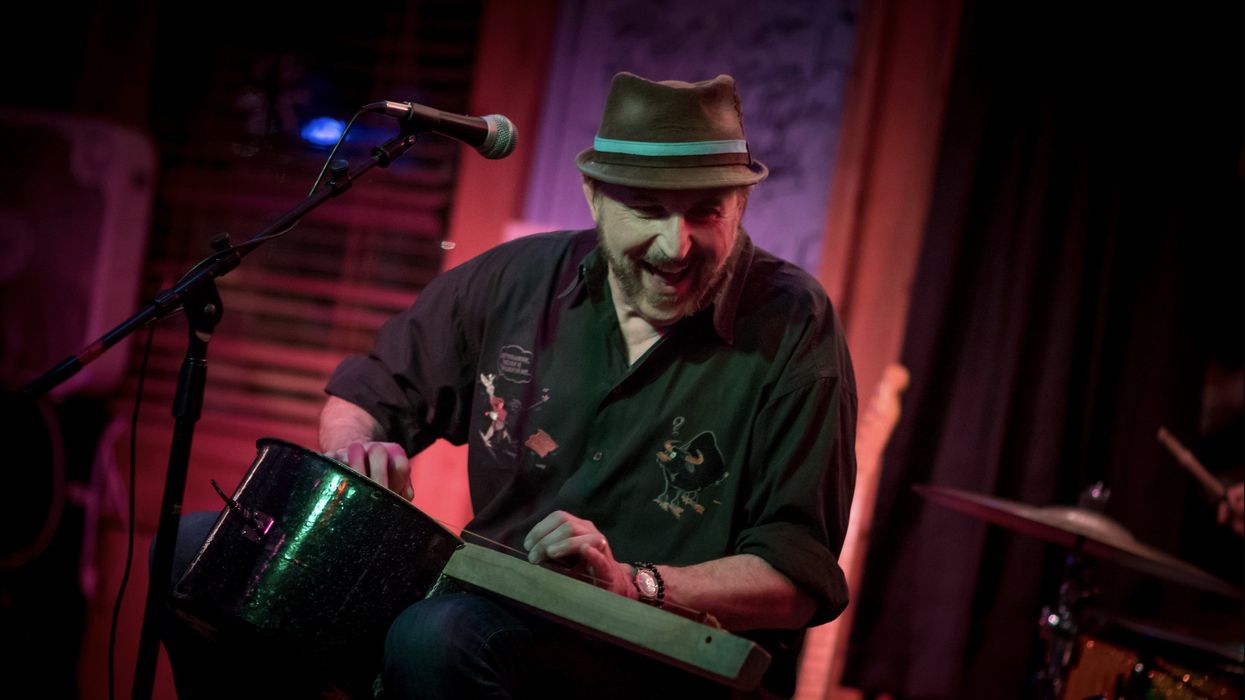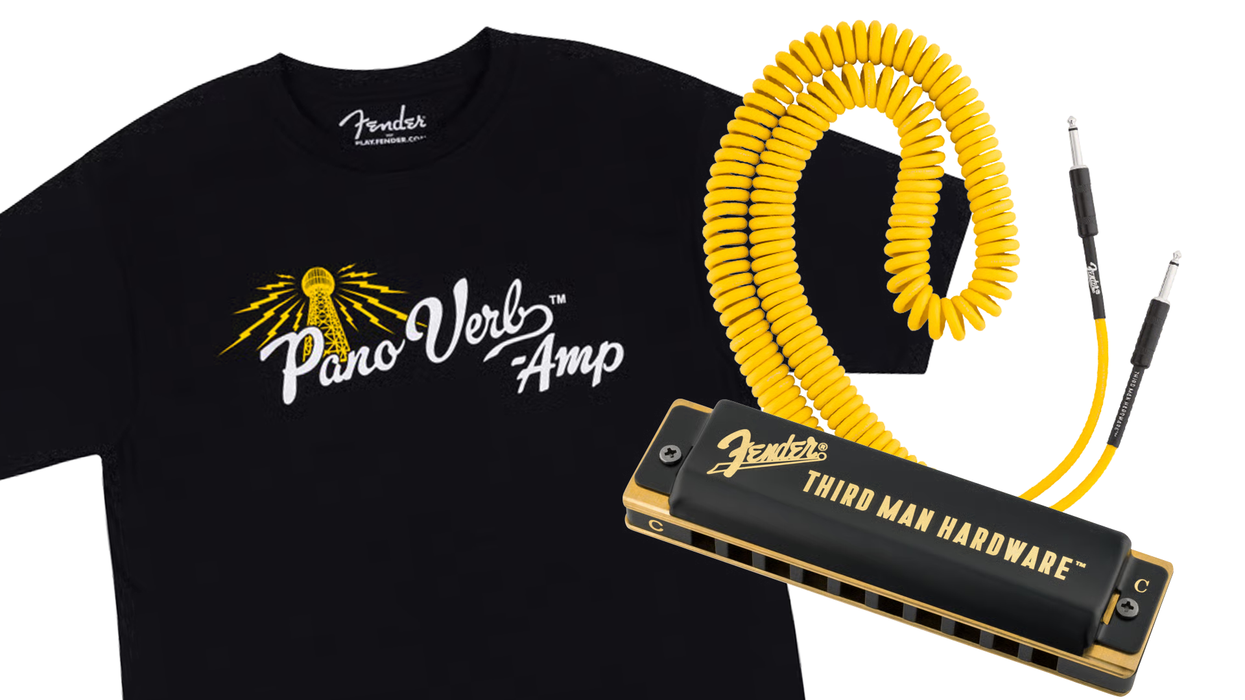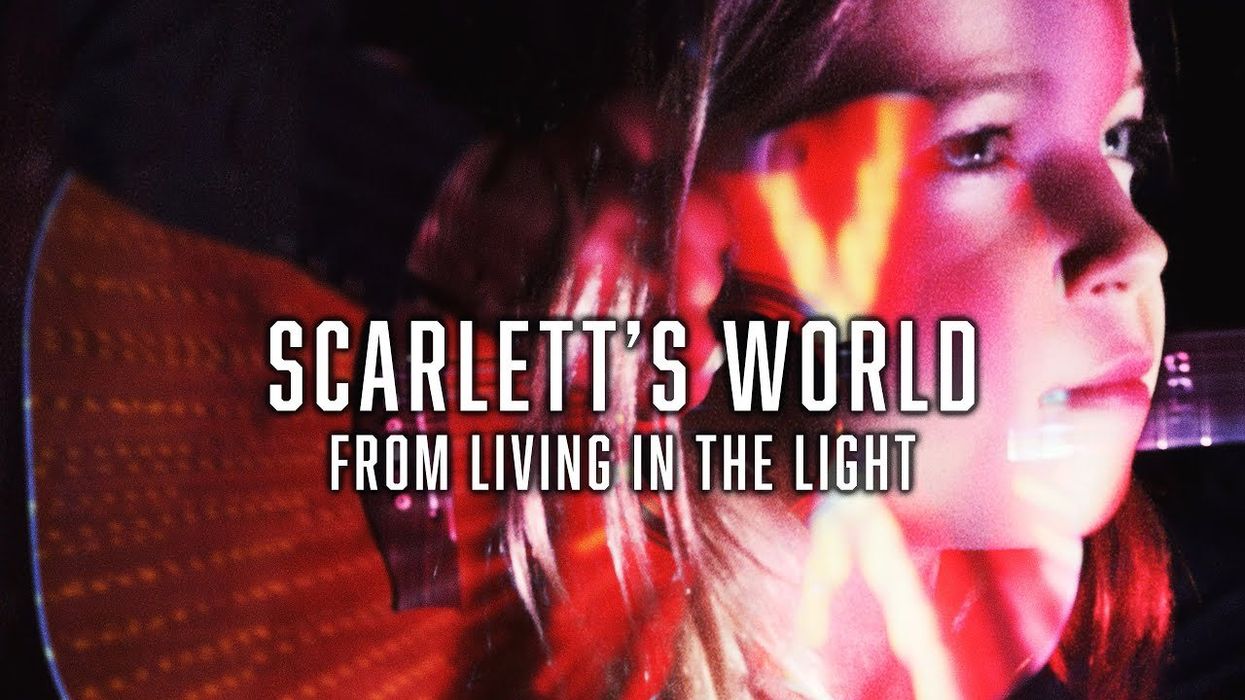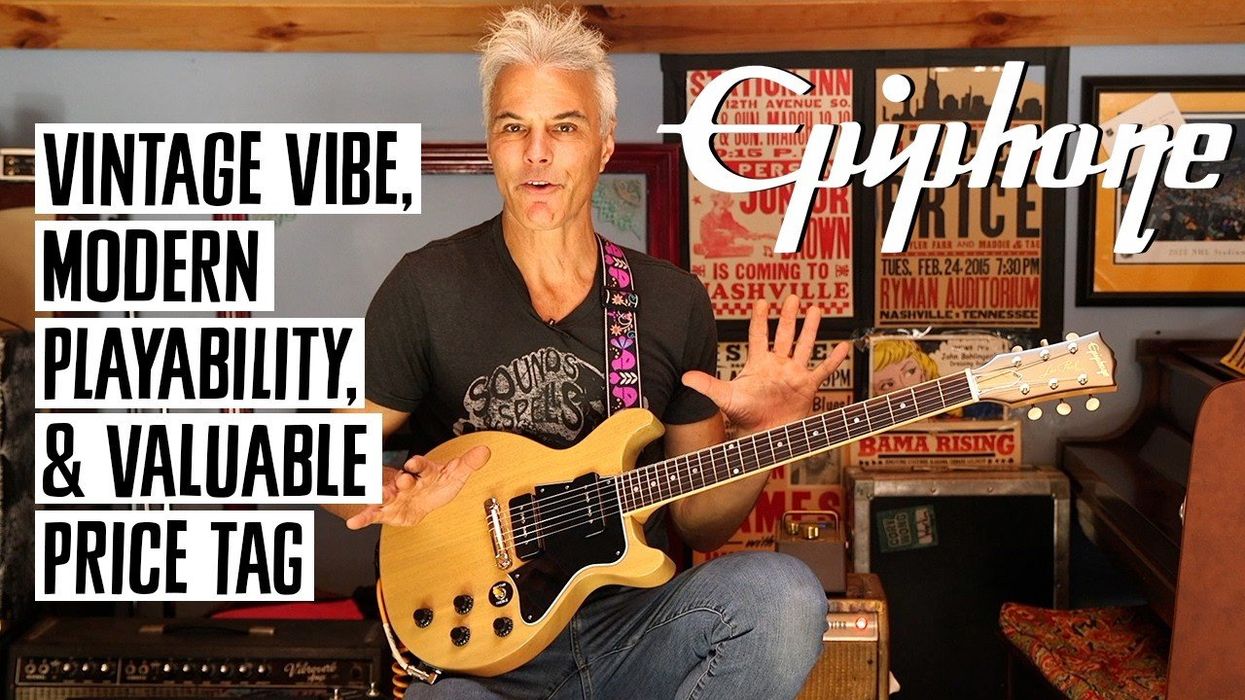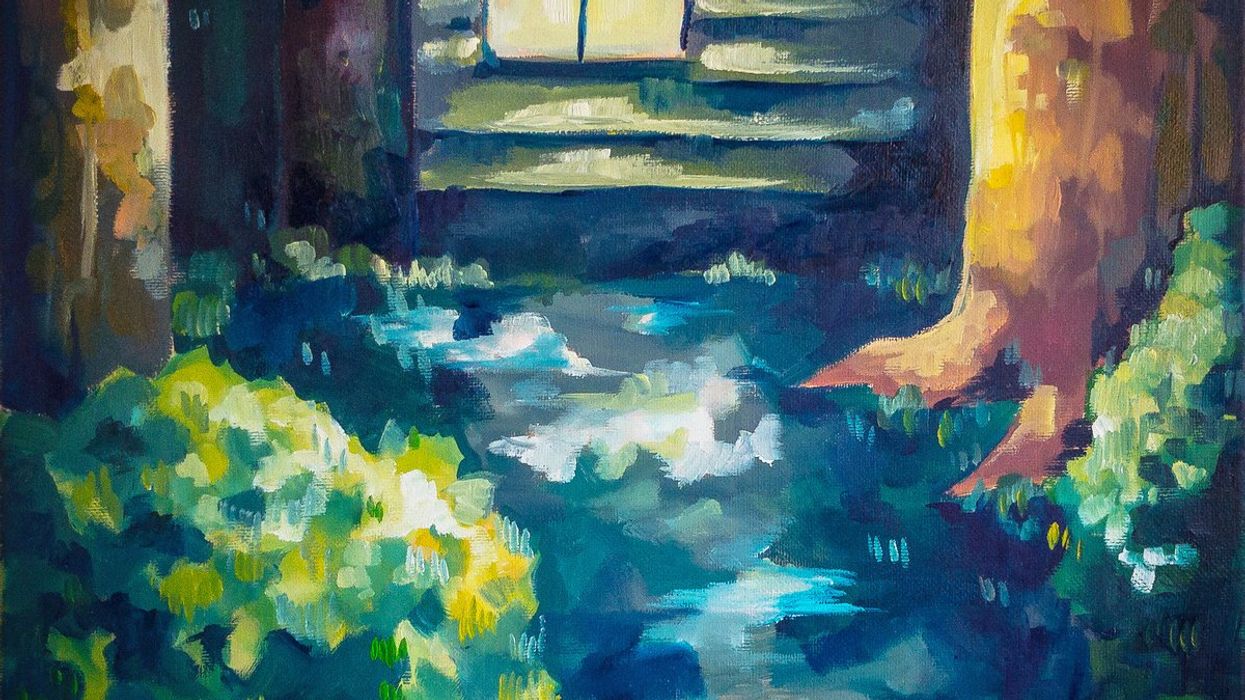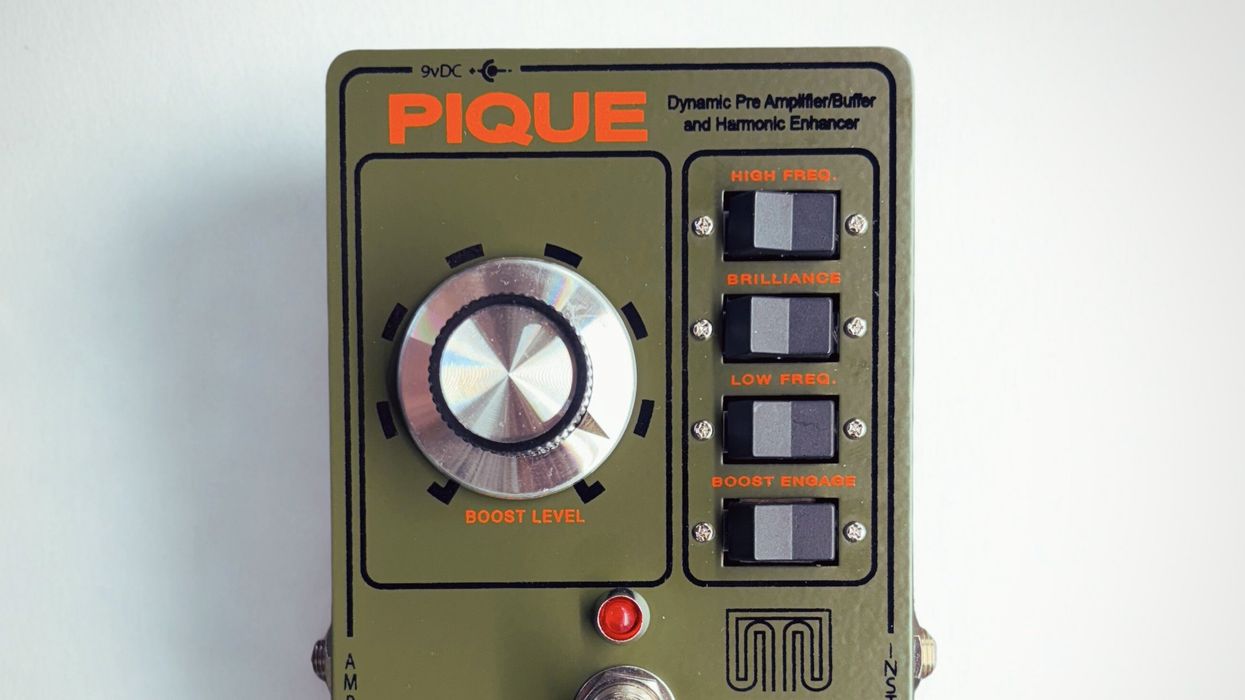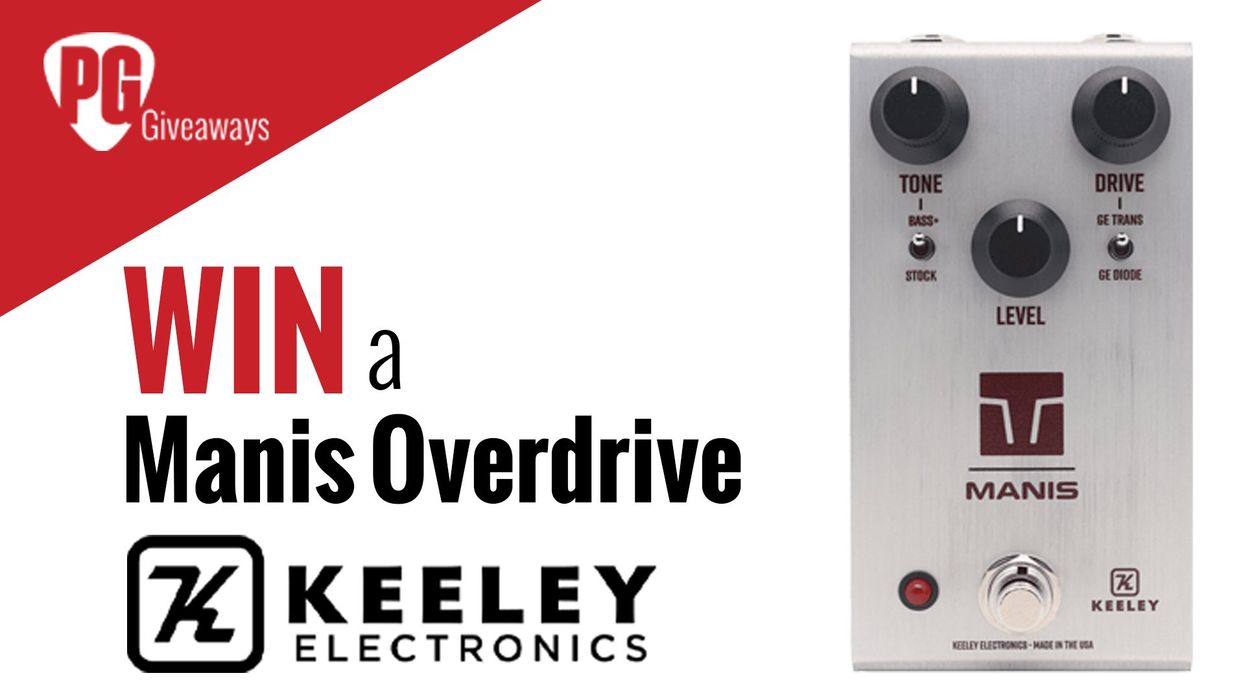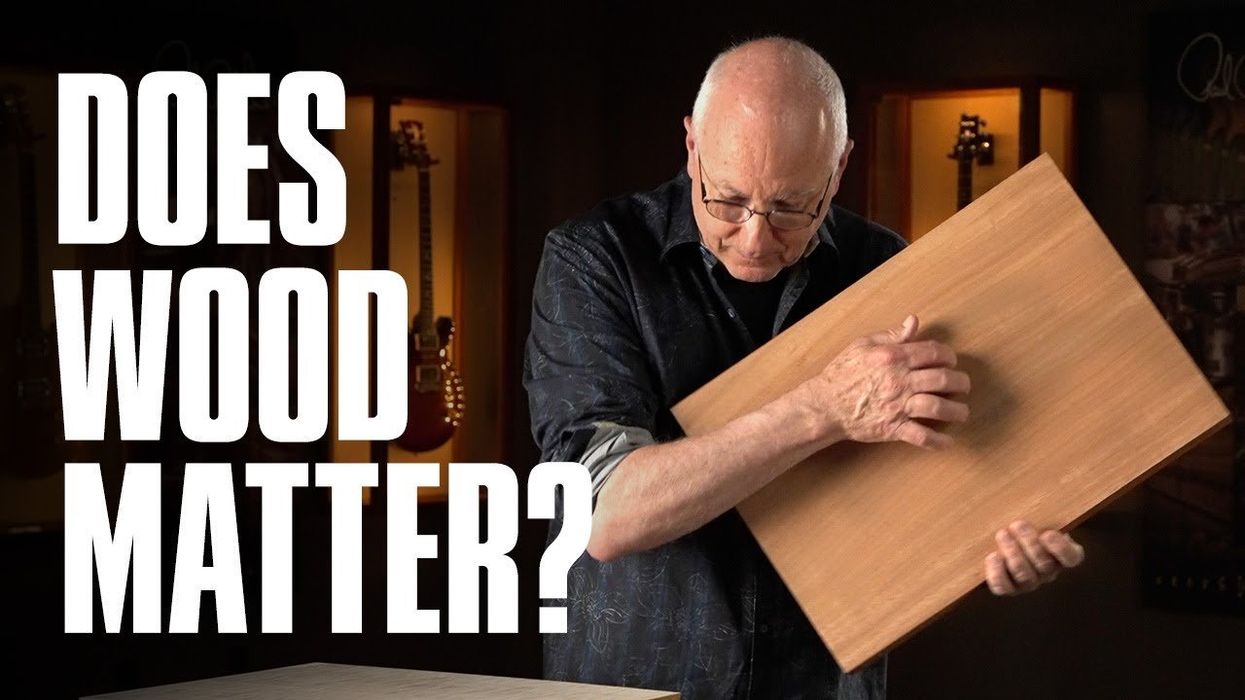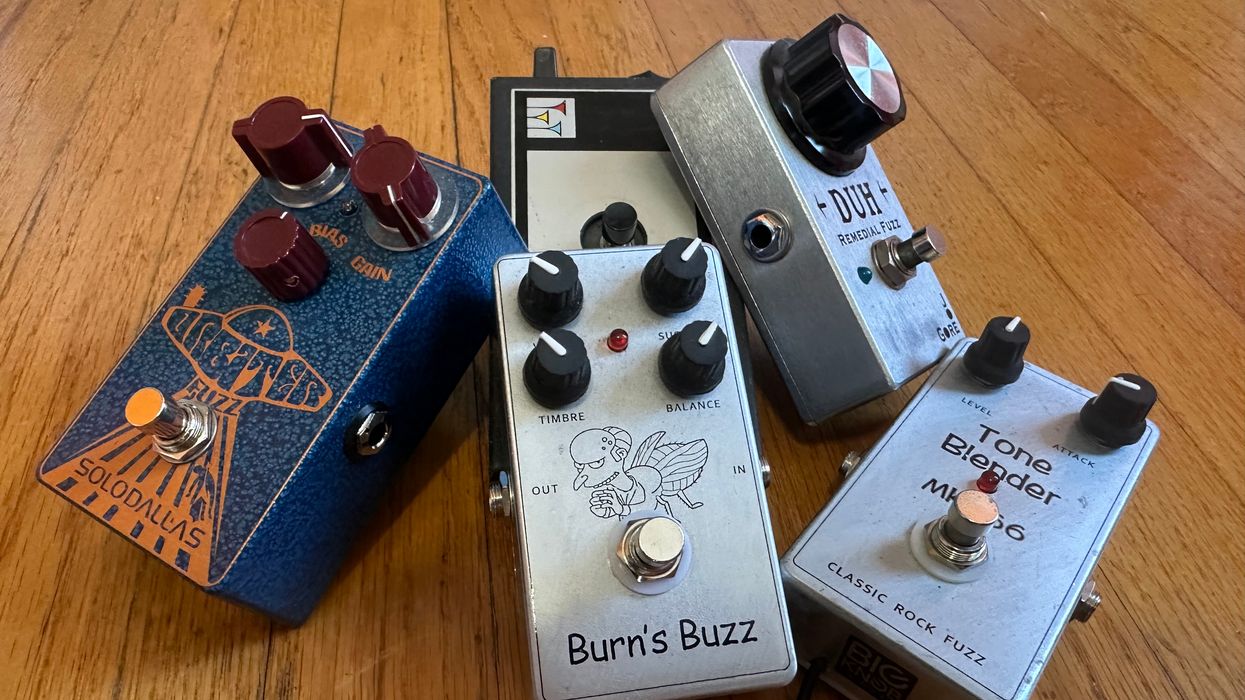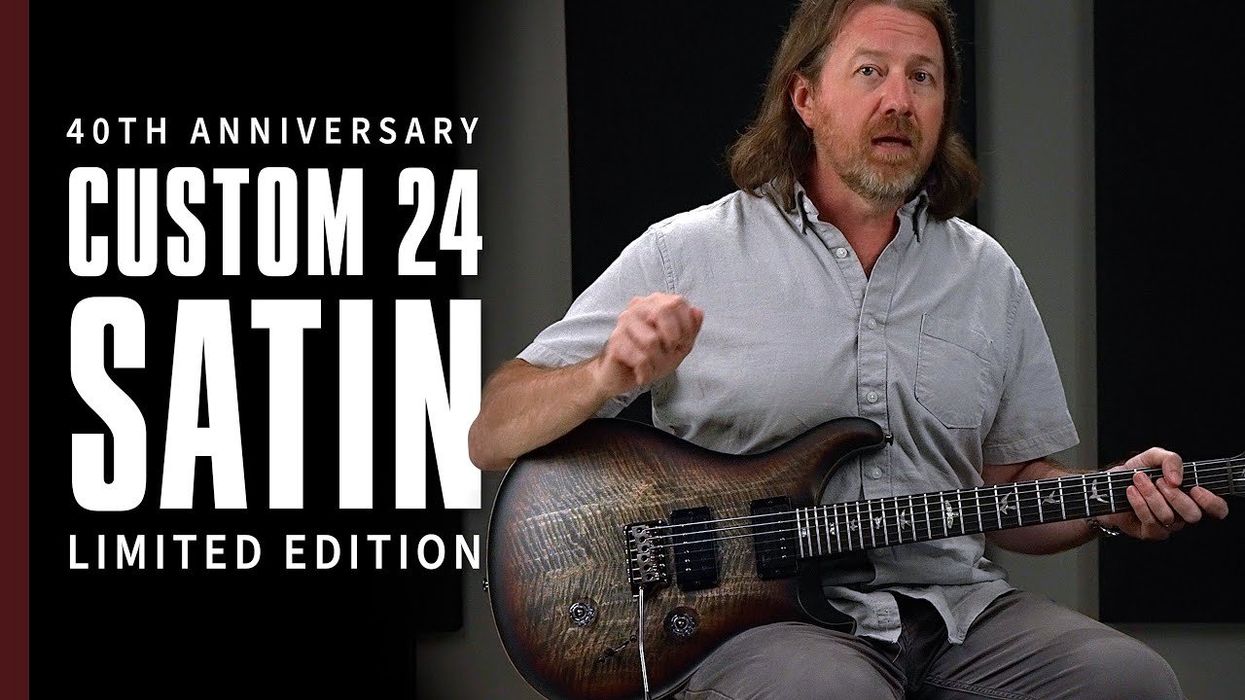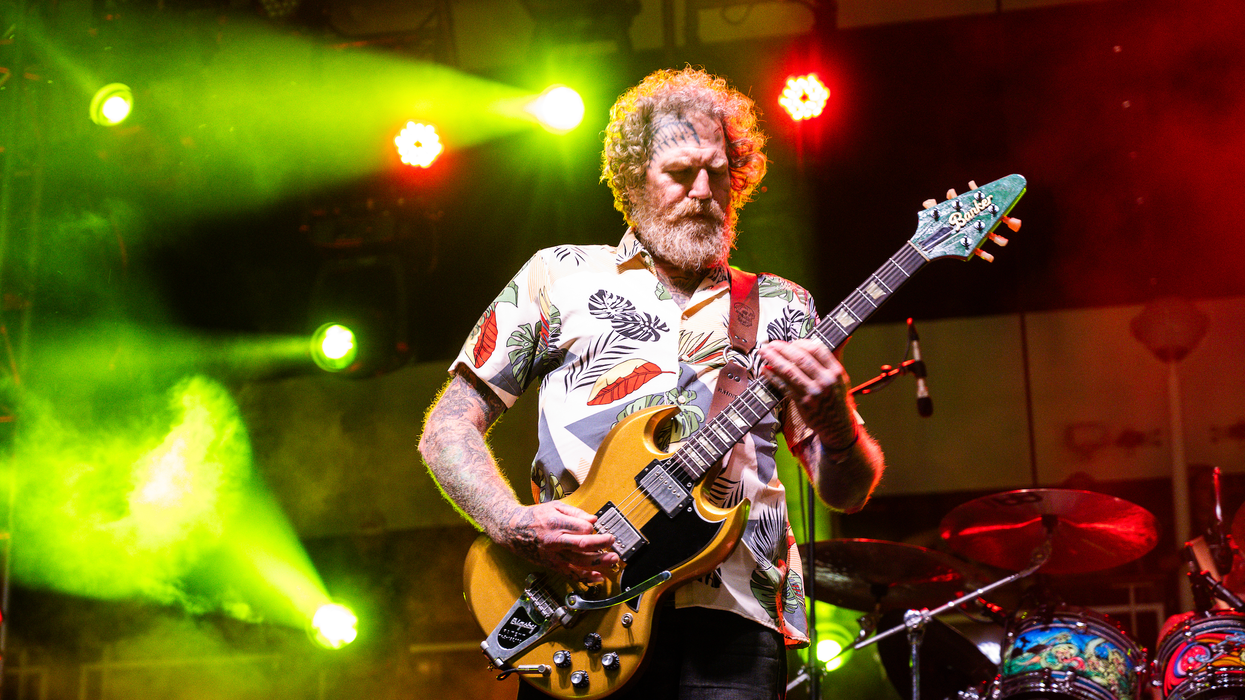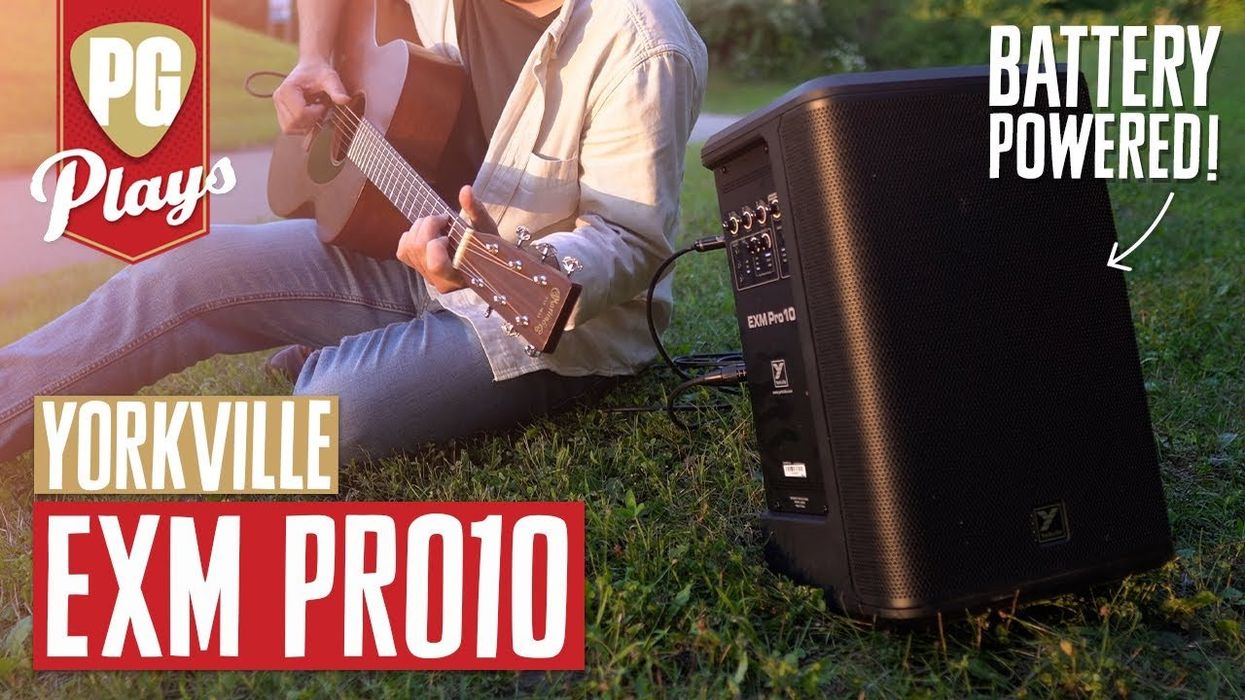Ernie Ball Music Man's Custom Design Experience is an online custom instrument configurator that allows customers to design and build their dream StingRay bass guitar.
Customers can choose from 4-string and 5-string models, right and left-handed orientations, single and double humbucking pickups, a multitude of finish options, many neck, pickguard, hardware, string gauges, tuning, case options, and more. All Custom Design Experience instruments are built in the Ernie Ball Music Man San Luis Obispo, CA, facility and are shipped directly to the consumer.
Ernie Ball Music Man: Custom Design Experience
Options include
- Right or Left hand
- 4-string or 5-string
- Single H or double HH pickups
- 30 unique finishes
- 3 hardware finishes
- 5 pickguard options
- 12 fretted neck options
- 2 fretless neck options
- Regular or SLO Special neck profiles
- 4 tuning setups
- 3 string gauges
- 2 cases
